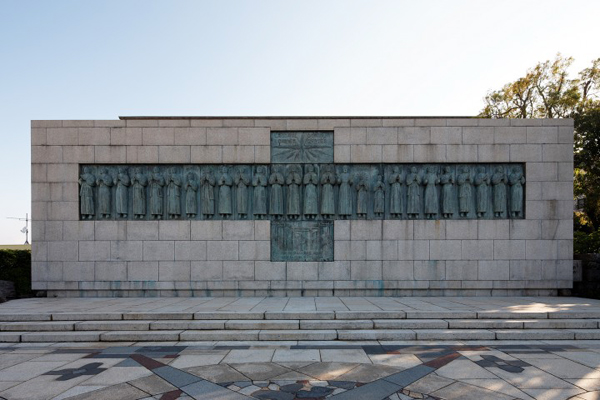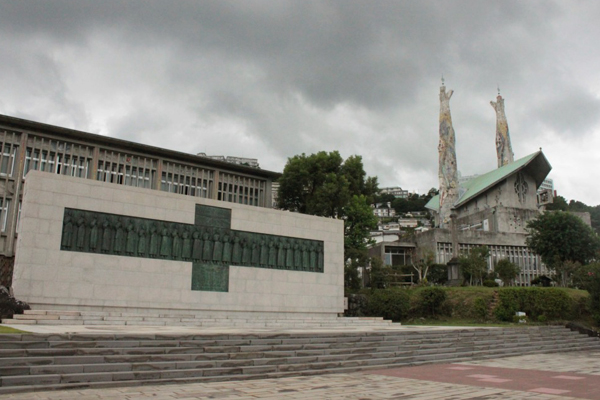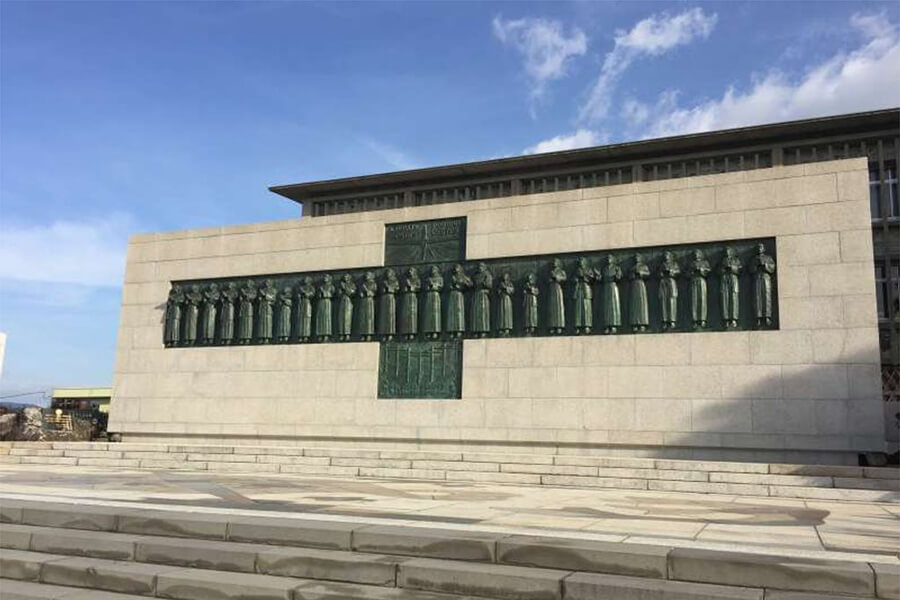No products in the cart.
Nagasaki Attractions for Shore Excursions
Martyrdom of the 26 Saints
Constructed in 1962, Memorial to the Martyrdom of the 26 Saints of Japan is the site in celebration of the 100th anniverary of their canonization. They are 26 Catholics who were executed here on February 5th, 1597, under the orders of Toyotomi Hideyoshi. This was the first place in Japan where people were executed for Christianity by order of a national leader.

To be more specific, 6 Western bishops and monks and 20 Japanese Christians were dragged through the streets in Kyoto, then they were sent to Nagasaki. Eventually, they were put to death by piercing with spears, at Nishizaka Hill. Nagasaki was chosen as the place for execution to set an example, since it was a city with many churches and Christians, and where ships from Portugal often docked. The martyrs were later beatified in 1627, and canonized by the Pope in 1862. They are remembered across the world, and there are several churches dedicated to them. The architect Imai Kenji and the sculptor Funakoshi Yasutake designed a memorial church and a relief in order to preserve the site for future generations.

The Memorial Hall that stands quietly behind the life-sized bronze statues of the 26 saints is divided into two themes - things handed down from Christian times and things created today in order to clarify history. It introduces the history of Christianity from the time of Saint Frances Xavier's visit until the Meiji period. Exhibitions include a letter by the priest Nakaura Julien from the Tenshou youth facility, letters addressed to Portugal's King John III from Saint Francis Xavier, the record of the battle of Shimabara, the Maria Kannon sculpture, and a bronze Pieta from the 16th century, as well as frescoes and Japanese paintings.






